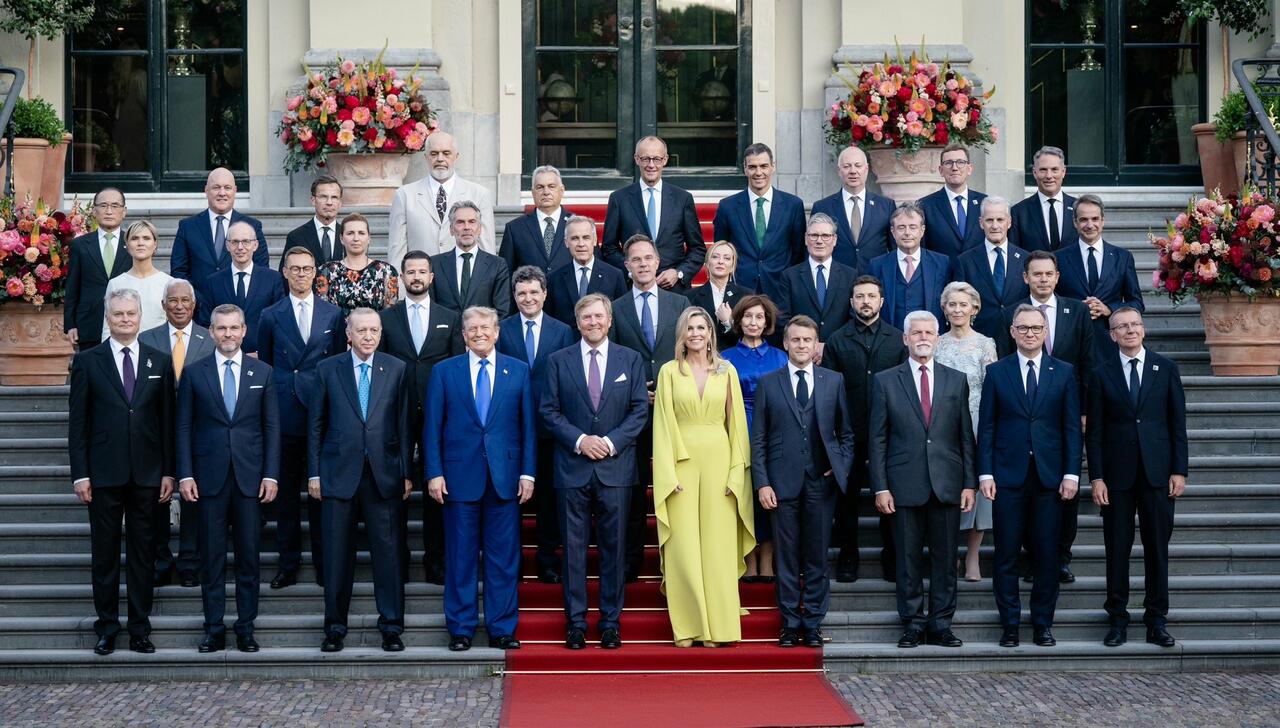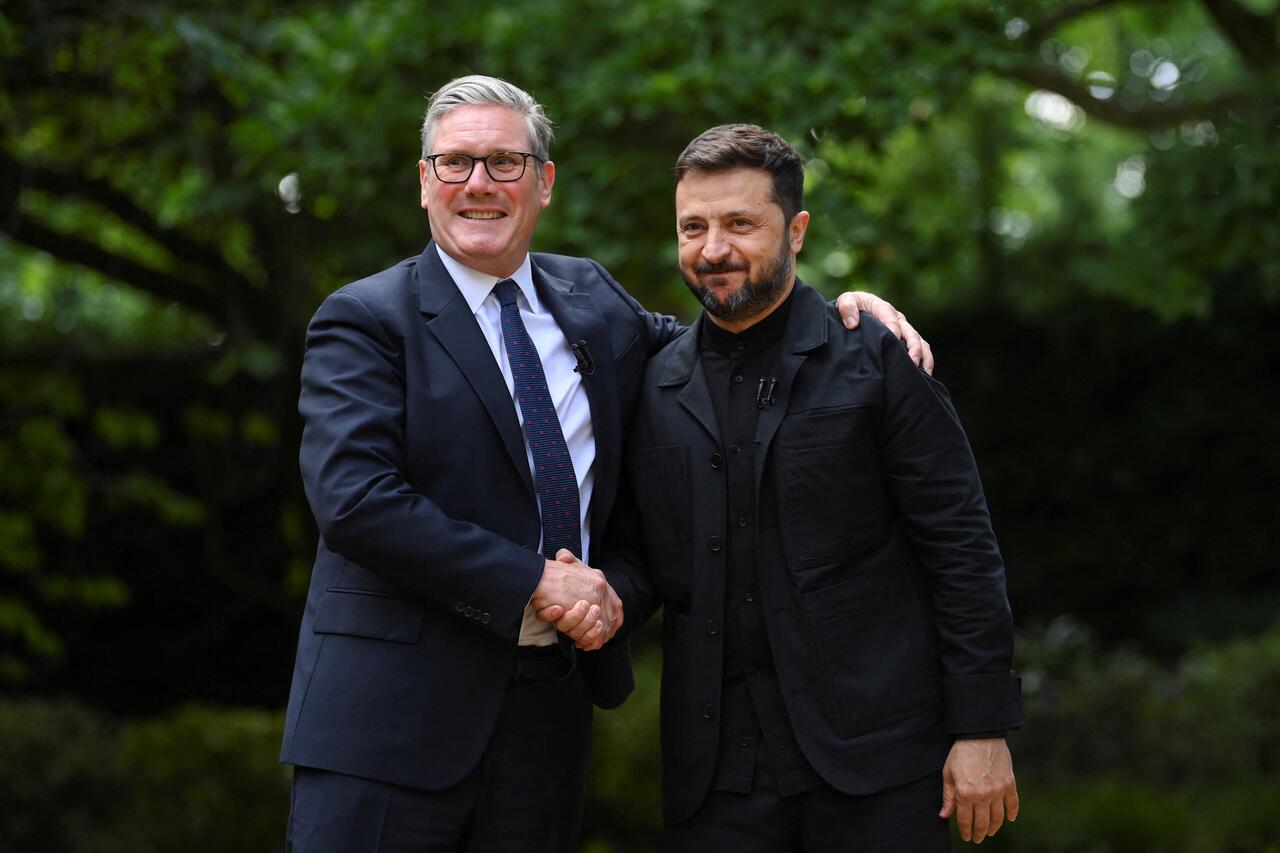GLP-1 weight loss drugs like Wegovy and Zepbound see rising adherence rates, but long-term use remains low.
https://seekingalpha.com/news/4462239-more-people-staying-glp-1-weight-loss-after-one-year
GLP-1 weight loss drugs like Wegovy and Zepbound see rising adherence rates, but long-term use remains low.
https://seekingalpha.com/news/4462239-more-people-staying-glp-1-weight-loss-after-one-year
I think it was Mark Twain who said “every massive communist nightmare of a problem with a chance to destroy the most iconic city in American history is an opportunity in disguise”. Maybe it was Milton Friedman. Or Kim Kardashian.
I can’t remember.
But the point is that Zohran Mamdani’s win in the New York City Mayoral Democratic primary tonight could actually turn out to be a national moment of truth for the Democratic Party.
After a bruising 2024 presidential defeat, one in which Democrats were widely criticized for alienating moderates and independents with a platform that veered too far left, the party now finds itself at a crossroads. Again.
Among many, well-known (former) Democrats like Ana Kasparian, Bill Ackman, Joy Reid, Elon Musk and former Rep. Jared Golden have distanced themselves—if not removed themselves—from the party altogether. More will soon follow.
This New York City mayoral election is no longer a local issue—it’s a symbolic referendum on whether Democrats have learned anything from their recent loss, or if they’re content to continue losing the middle in pursuit of ideological purity.
2024 should have been winnable for Democrats. The Republican Party fielded a polarizing candidate, the economy was relatively stable, and yet voters across the country turned away because they feared what the Democrats were becoming.
Centrist voters who once leaned blue looked at the messaging, the priorities, the excesses and the socialism, activism and radical policy stances and simply said “enough”.
In the nation’s most important city, Democrats are voting for a platform that feels like it was written during a fireside drum circle in the quad of Evergreen University.
Free housing. Free transit. Free groceries—courtesy of government-run stores. A policing strategy that replaces cops with counselors and bureaucrats with badges. Tax hikes that seem designed not to generate revenue, but to punish — and will assuredly lead to a massive capital outflow from New York. It’s not policy, it’s bullshit performance art that has no chance of being effective in one of the world’s most important geographic locations. And it is everything that turned off centrist Democrat voters in 2024.
So here’s the opportunity: Democrats can make a statement—not just to New York, but to the country—that they are still the party of rational governance and common sense — and that they can self-correct. That they are capable of breaking with their worst parts when it matters.
And it matters now.
This means one thing for the Democratic party: backing a centrist, independent candidate in November who can beat Mamdani in the general. Not a protest candidate. Not a placeholder. A real, serious contender who speaks to the exhausted majority that is desperate for competence over chaos.
Yes, it would mean bypassing your own party’s nominee. Yes, it would mean a messy, unscripted break with tradition. But it would also be a powerful signal to the rest of the country: we heard you. We understand that winning elections in a diverse, divided nation means appealing to a broad coalition. Not just activists and donors, but homeowners, working-class voters, small business owners, families, and independents.
Democrats have a chance—right now—to show they’ve learned from their mistakes. That they’re not doubling down on the same playbook that cost them the White House, House seats, and voter trust.
Let’s be clear: the only viable path forward is an independent candidacy with full-throated support from party leaders, major donors, national figures, and the rank-and-file who quietly know this has gone too far.
And the media must stop treating this like some heartwarming tale of a plucky outsider shaking up the system. This isn’t a feel-good story. It’s the slow-motion capture of a governing disaster in the making. If Democrats let it happen unchallenged, they’ll be complicit—not just in Mamdani’s mayoralty, but in further defining the national brand as unserious, unanchored, and unelectable.
Because if Mamdani wins, it won’t just be a local experiment gone wrong. It’ll be seen as confirmation that the Democratic Party is unable—or unwilling—to police its own excesses.
And that message won’t stop at the Hudson. It’ll ripple across every swing district, every suburban race, every national conversation where voters are quietly asking: who is looking out for the middle anymore?
This is Democrats’ chance to answer. And I can’t believe I’m saying this, but I hope they don’t waste it.
https://www.zerohedge.com/markets/hey-dems-unseat-mamdani-and-youll-win-2028-national-election
As expected, NATO members have agreed to new commitment to significantly boost defense spending, aiming to raise military budgets to 5% of GDP over the next decade—more than double the current 2% benchmark—at the ongoing major annual summit being held in The Hague. NATO's 32 leaders proclaimed Wednesday: “Allies commit to invest 5% of GDP annually on core defense requirements as well as defense-and security-related spending by 2035 to ensure our individual and collective obligations.”
The Trump-backed decision is being finalized in Netherlands this week, with NATO Secretary General Mark Rutte having hailed the proposal as a "quantum leap' during a press briefing. Trump declared Tuesday that we're with NATO "all the way". And on Wednesday he's expected to give a big address, as all eyes are focused on the Iran bombing and what's next.

Bloomberg notes, also as fully expected and long ago previewed, that the spending target includes 3.5% via core defense and 1.5% in related investment covering infrastructure and cybersecurity.
Rutte and officials gathered in the Netherlands have stressed that all member states must participate, highlighting that Spain’s hesitation over the steep cost—nearly $90 billion annually—will not exempt it from the pledge. "NATO doesn’t allow for opt-outs or side deals," he has firmly stated.
The increased funding is intended to dramatically scale up NATO’s military production, including building thousands of tanks and multiplying air defense systems by five, at a moment the alliance is staring down Russia amid the Ukraine war, where Moscow forces are establishing a huge buffer zone in the north and east, and actually increasing territory beyond Donetsk's western border.
WikiLeaks meanwhile says the arms companies will continue to be the only real winners...
Rutte has of course identified Russia as NATO’s "most significant and direct threat" and reiterated full support for Ukraine, despite Washington having named China has America's 'top pacing threat' and long-term main miliary and economic rival.
Of course, the alliance has already funneled hundreds of billions of dollars into a conflict with Russia that has resulted in hundreds of thousands of lives on both sides, and all the while Ukraine losing about 20% of its territory.
NATO leaders as of Wednesday have vowed to keep pursuing Ukraine’s path to membership, with Rutte emphasizing that the question of accession was never ruled out, especially not before the war. "There is an irreversible path for Ukraine to join NATO—and that remains true today, and will still be true after this summit," he has said.
All of these pledges are new commitments were no surprise after Trump long pushed for drastically ramped-up spending, but perhaps the only surprise is that Ukraine's President Zelensky finally swapped out his green uniform for a black suit (of sorts)...

Dressed to impress? Zelensky must want into NATO very, very badly.
The U.S. Food and Drug Administration has cleared Plus Therapeutics’ (NASDAQ:PSTV) Investigational New Drug application for REYOBIQ to treat pediatric patients with high-grade glioma and ependymoma, the company announced Wednesday.
The Phase 1/2a clinical trial, named ReSPECT-PBC, will be funded by a $3.0 million grant from the U.S. Department of Defense. The study will enroll children aged 6 to 21 years, with consideration for patients up to 25 years on a case-by-case basis.
The trial will follow a two-part design. Phase 1a/b will enroll approximately 24 patients to establish the maximum tolerated dose, while Phase 2a will include about 32 patients to assess efficacy.
REYOBIQ (Rhenium Re186 Obisbemeda) is designed to deliver beta radiation directly to brain tumors while minimizing damage to surrounding healthy tissue. The treatment uses convection enhanced delivery to bypass the blood-brain barrier.
"Surgery and external beam radiation have been the mainstays of treatment for pediatric high-grade glioma and, sadly, outcomes have not improved for many decades," said Dr. Ashley S. Plant, Principal Investigator for the trial and attending physician at Ann & Robert H. Lurie Children’s Hospital of Chicago.
Pediatric high-grade gliomas, including ependymoma, are rare but aggressive brain tumors with limited treatment options. Standard treatments often fail to prevent recurrence, with five-year survival rates as low as 22% for high-grade glioma.
The pediatric trial builds on Plus Therapeutics’ adult recurrent glioblastoma trial (ReSPECT-GBM), which according to a press release statement showed favorable safety and clinical response.
https://www.investing.com/news/company-news/fda-clears-plus-therapeutics-pediatric-brain-cancer-treatment-trial-93CH-4110233
The U.S. Food and Drug Administration has granted orphan drug designation to riliprubart for the investigational treatment of antibody-mediated rejection (AMR) in solid organ transplantation, Sanofi Winthrop Industrie said in a statement.
Riliprubart has also been designated an orphan drug for its investigational use in treating chronic inflammatory demyelinating polyneuropathy in the US and European Union.
Riliprubart is currently being explored in multiple clinical studies across different indications in transplant and neurology. A phase 2 clinical study is currently ongoing, exploring its potential in kidney transplant recipients.